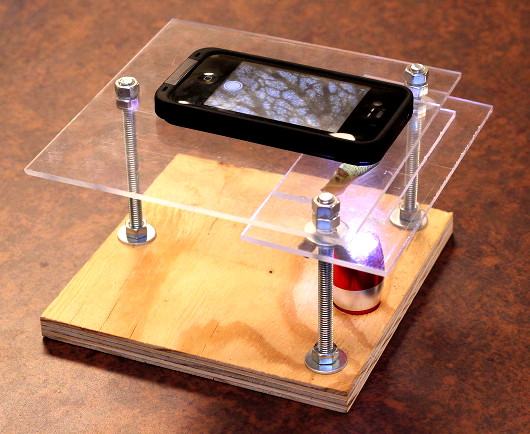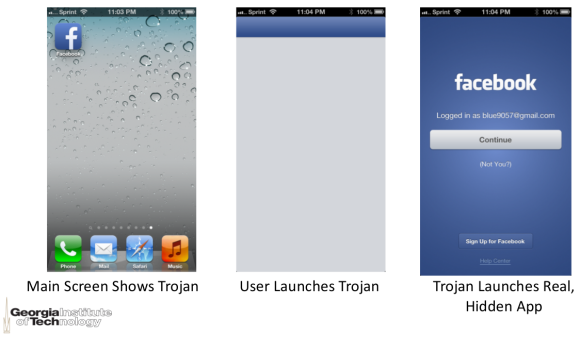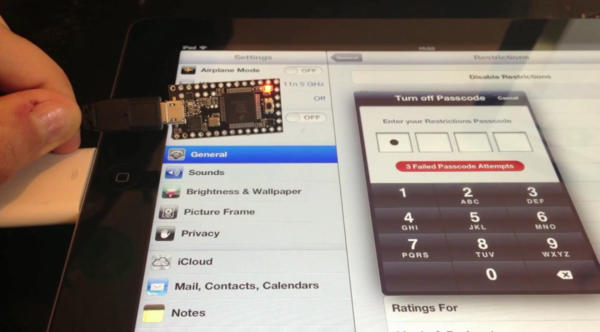Phones, MP3 players, designer bags, artwork, money…. anything with value will bring out the counterfeiters looking to make a quick buck. Sometimes the product being counterfeited isn’t even necessarily expensive. For example, an Apple iPad Charger. [Ken Shirriff] got a hold of a counterfeit iPad Charger, took it apart, and did some testing.
So why would someone buy a counterfeit product? To save some money! The counterfeits are usually cheaper to reel the potential buyer in thinking they are getting a deal. In this case, the Apple product costs $19 and the knock-off is $3, that’s a huge difference.
Continue reading “More Counterfeit Apple Chargers Than You Can Shake An IPod At”


 Oooh, look, a public charging station. Should you trust it? You might get juice jacked. Oh wait, you’ve got a
Oooh, look, a public charging station. Should you trust it? You might get juice jacked. Oh wait, you’ve got a 













